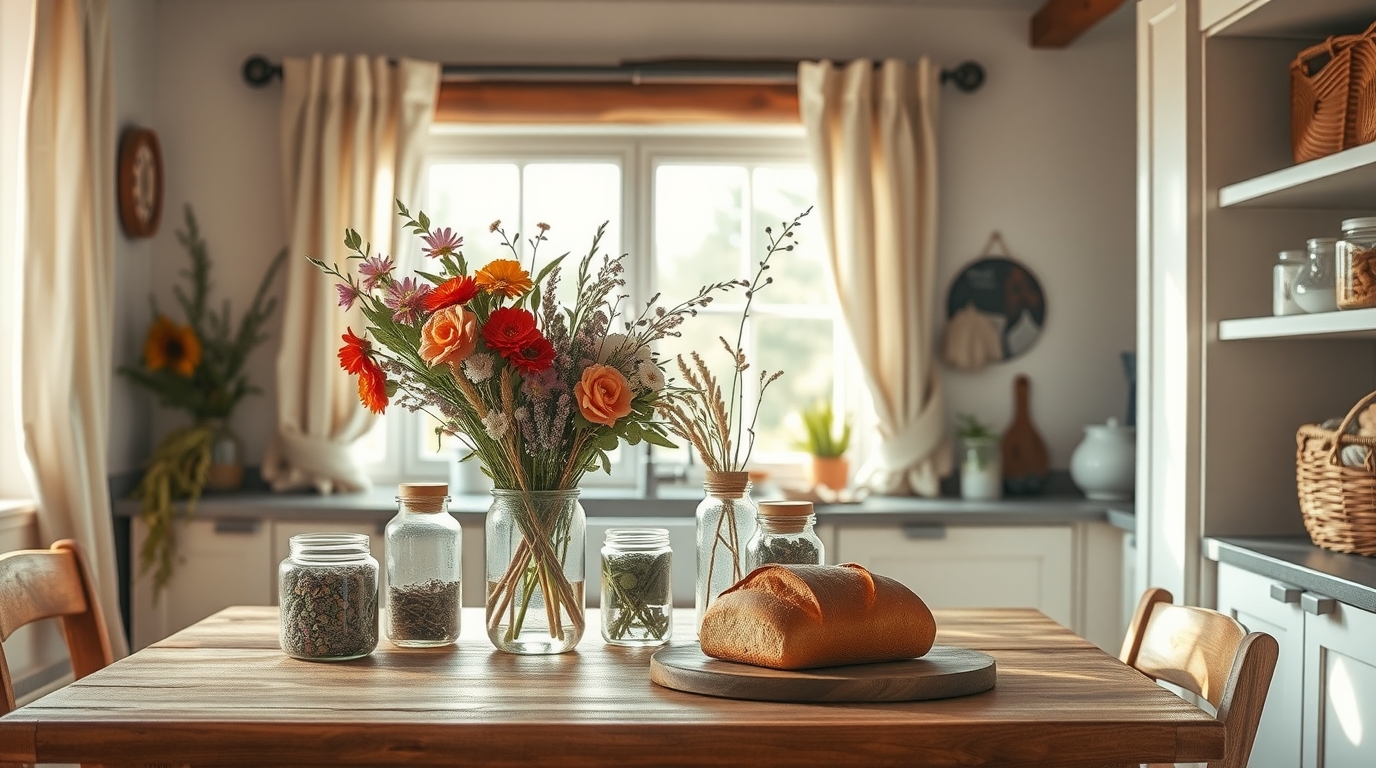There is a certain calm that comes from folding linen napkins on a wooden table while the light of late afternoon slides across the room. The sound of bread cooling on the counter, the faint smell of rosemary in the garden outside, the quiet satisfaction of arranging a bouquet of seasonal flowers. These small details have become the language of a growing movement, often described as the Martha Stewart aesthetic, where homes are styled not for speed but for comfort, craft, and connection to nature.
The appeal is easy to understand. In a world where life is often dominated by screens and schedules, the act of planting herbs or baking from scratch feels like rebellion in its gentlest form. It is not about grand gestures but about slowing down long enough to enjoy the ordinary. A pie cooling on the sill is more than dessert. It is a statement that time can still move at a human pace.
The trend builds on nostalgia. Many remember a parent or grandparent who tended gardens, cooked family recipes, and kept a house full of handmade objects. For years, such practices were dismissed as old fashioned. Now they are being rediscovered by a younger generation who find beauty in routines that connect them to the earth. Influencers post videos of garden harvests and floral arrangements, but the heart of the movement is not performance. It is the private satisfaction of living with intention.
Design plays a role as well. Homes that follow this aesthetic lean toward natural textures and soft colors. Linen, wicker, wood, and stone replace plastics and chrome. Shelves hold jars of dried herbs instead of neon packaging. The effect is warm, tactile, and slightly imperfect, which makes it feel alive. In contrast to the sleek, minimalist interiors that have dominated for years, the Martha Stewart style is comfortable in its fullness.
Critics sometimes argue that the aesthetic romanticizes labor, that baking bread every day or tending a large garden is unrealistic for busy lives. And they are right in part. Not everyone has the time or space for this kind of lifestyle. But the popularity of the trend shows that even small gestures carry meaning. A single potted plant on a balcony, a home cooked meal once a week, or a handmade tablecloth can create the same sense of grounding. The aesthetic is less about perfection and more about presence.
There is also a sustainability angle. Choosing durable wooden furniture over disposable items, growing herbs instead of buying endless plastic-wrapped bundles, or reusing jars and fabrics reflects a cultural shift toward responsibility. The aesthetic does not just look good. It feels ethical, rooted in a desire to create homes that last and habits that respect the environment.
Commercially, the trend is thriving. Lifestyle magazines fill their pages with rustic kitchens and seasonal recipes. Home stores promote wicker baskets, linen curtains, and vintage cookware. Garden centers have seen a rise in younger customers buying seeds and soil. The Martha Stewart aesthetic has become both a personal choice and a visible consumer market.
What makes it different from a passing fad is its emotional pull. It is not about chasing novelty but about rediscovering something timeless. A loaf of bread baked at home will taste the same whether it is 1925 or 2025. The pleasure of cutting fresh herbs for dinner or setting the table with linen will not lose its meaning. Trends may shift, but rituals that connect us to nature and craft have a way of staying.
At its heart, the Martha Stewart aesthetic is not about decorating a house. It is about choosing to live in rhythm with seasons, materials, and traditions that bring comfort. It is about remembering that beauty does not always come from speed or innovation, but from patience and care.
